“I Regret Not Installing A Ceiling Fan” 5 Real-Life Renovation Regrets Shared By Singaporeans
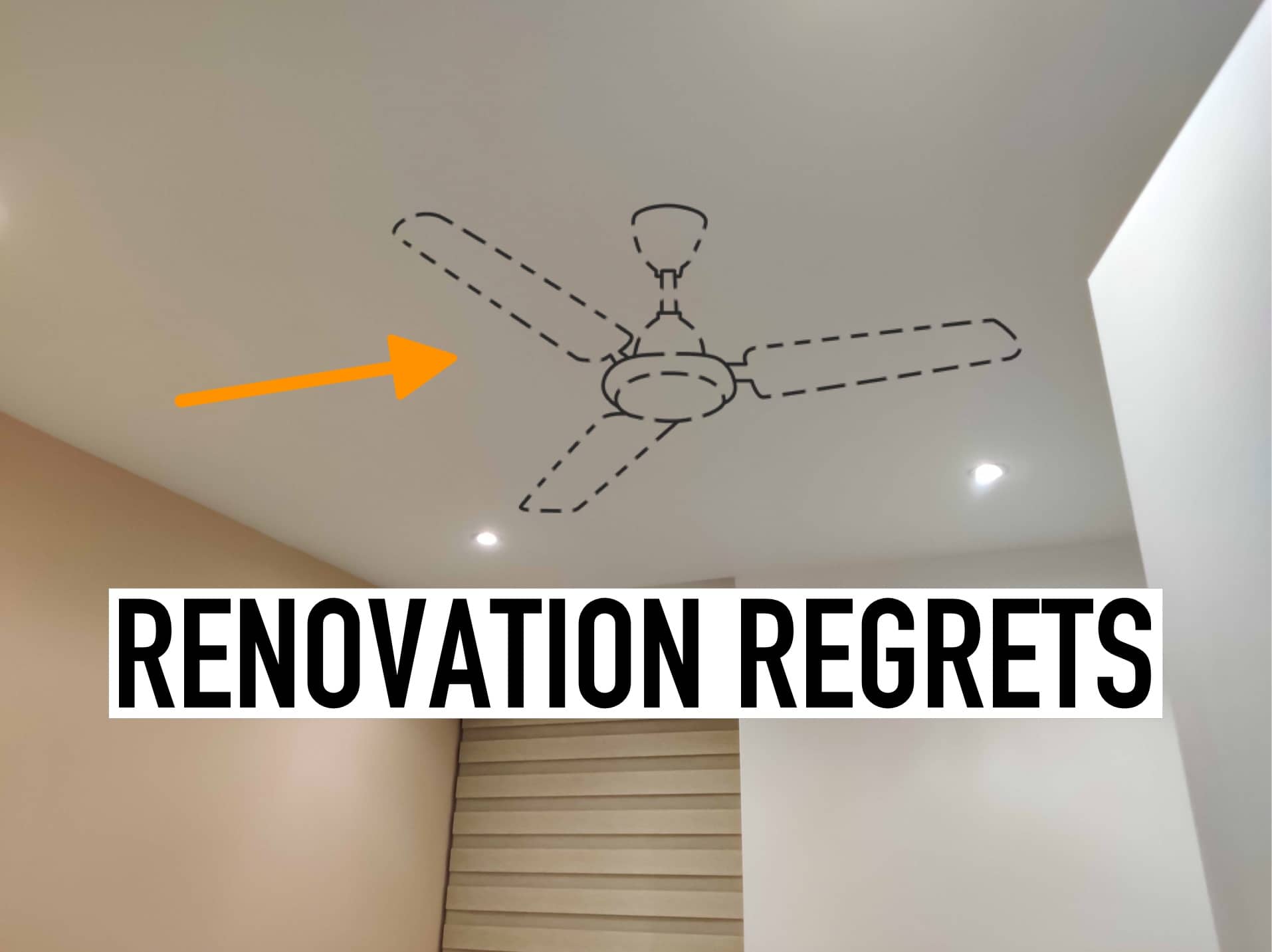
Get The Property Insights Serious Buyers Read First: Join 50,000+ readers who rely on our weekly breakdowns of Singapore’s property market.
A seasoned content strategist with over 17 years in the real estate and financial journalism sectors, Ryan has built a reputation for transforming complex industry jargon into accessible knowledge. With a track record of writing and editing for leading financial platforms and publications, Ryan's expertise has been recognised across various media outlets. His role as a former content editor for 99.co and a co-host for CNA 938's Open House programme underscores his commitment to providing valuable insights into the property market.
A lot can go wrong with renovations, and it’s not always the contractor’s fault. From picking an impractical (but seemingly pretty) design, to simple slip-ups like the positioning of wall sockets, many homeowners manage to inconvenience themselves. These can sometimes just be very costly to fix, when all it really needed was more careful planning beforehand or really thinking about how you would be using the space. We’ve done a part 1 recently, so here is part 2 of some of the common oversights to beware of, before giving your designer the go-ahead:
Table Of Contents
1. Future needs of the child
When T and his wife bought their first home, they always knew that this home was going to be one for the future – that is, with kids in mind. It’s why they opted for a place with 3 bedrooms, instead of 2.
But for some reason, they didn’t think so much about the finer details when it comes to such a home. More specifically, to think about child-proofing it.
“Perhaps it was always about the bigger picture of being able to house them, rather than being able to contain them safely that we didn’t quite think about.”
T said that much of their choices for their home were based on a cost and aesthetic standpoint, and they really didn’t consider that these could be dangerous for a baby during the crucial first few years. An example was the TV console, as they went one that was sharp and angular that went really well with the home, but was a nightmare to try and childproof when the baby came.
“There were just too many sharp corners that we had to put the rubber corner guards, such that it just destroyed the look of the piece. I’m now considering to get rid of it and just get a new one as it just looks very ugly in our living room.”
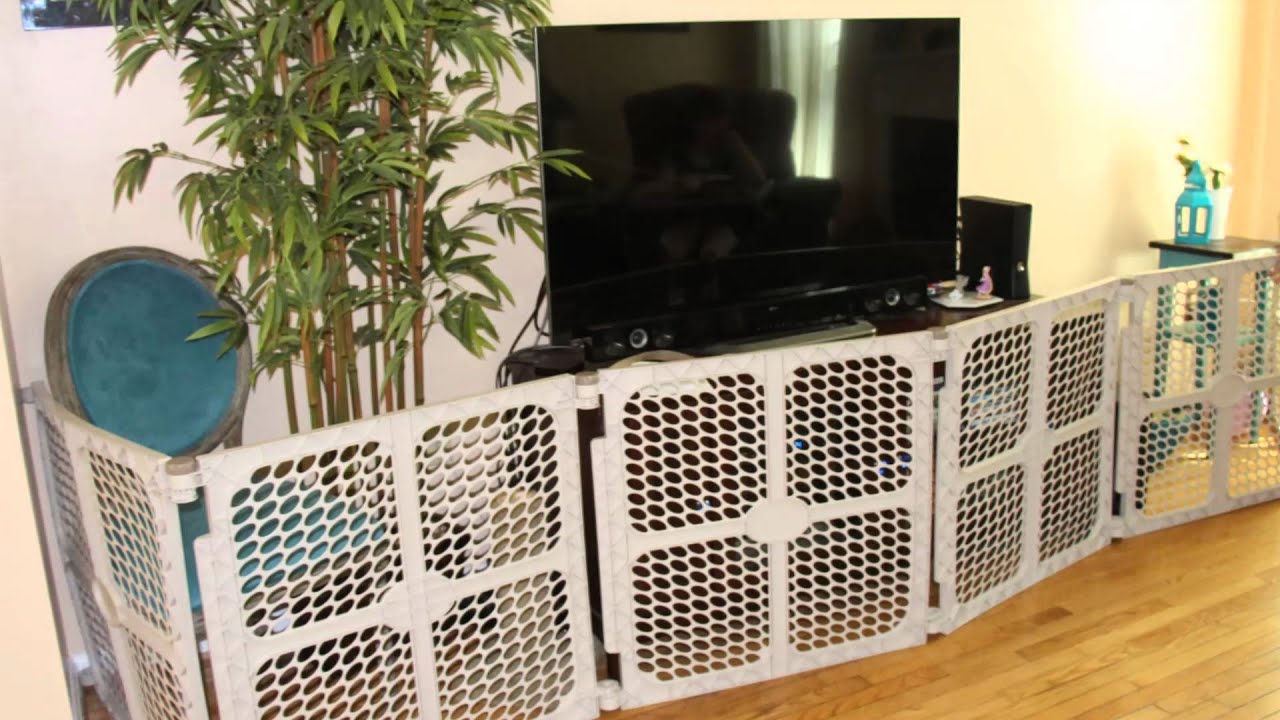
Besides this, there were multiple other decisions that they made that ended up being problematic. From the raised platform in the dining area (they were afraid she might fall and knock her head even though it wasn’t sharp) to the over-reliance on floor lamps in the living, it was all too potentially hazardous for the new parents.
T offers a point worth thinking about for future would-be parents:
“You may think the house and how it looks would be the most important, and it was to us until our kid arrived. Now, nothing matters more than the safety of our baby. All the toys and baby stuff will clutter the space anyway, so don’t be too caught up with the looks of your home!“
2. Luxurious built-ins
K was a huge fan of Japanese cuisine, and always dreamed of having a teppanyaki grill in his home. So when he and his wife first got married and moved to their new BTO, he had to go one step further. Instead of just getting a teppanyaki grill that you could just take out when needed and kept when not used, he wanted it to be integrated into his kitchen counter.
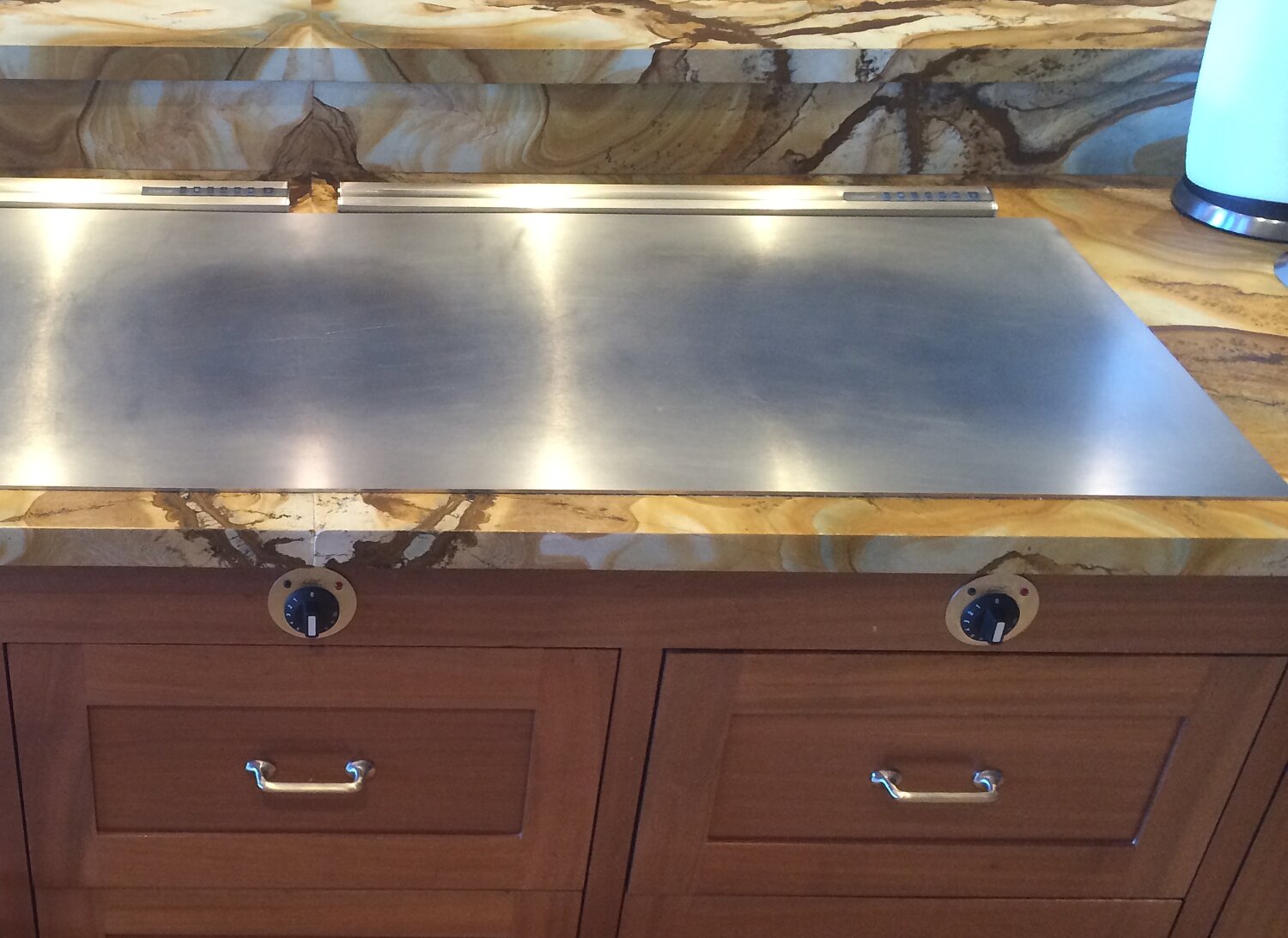
“I was so bent on the idea of being able to have teppanyaki dinners when I wanted to. So rather than having to take the equipment out each time, I thought what better way than to have it on the counter itself!”
It took a lot of convincing on his end, but his wife eventually relented (to dreamy promises of home-cooked Japanese food for their dinners). But as many a first-time homeowner has found out, some things are better left in idea mode, rather than reality.
“Turns out cooking teppanyaki every day just wasn’t practical. Work and daily life took its toll, and it became a relic that wasn’t used for months. One day when I actually tried to use it again as I had guests coming over, it just refused to switch on. Getting it fixed was difficult, and it just took up space on the counter which could have been used for other things.”
This is often the case for built-in furniture, especially when trends come and go.
3. All-white designs
Since around the 2010s, there’s been a time where designers use an overwhelming amount of glossy white in a room: glossy white floors, glossy white countertops, glossy white chairs, etc.
To some homeowners, this “whiteness” is integral to themes like minimalism or Scandinavian design. Many just like the futuristic or contemporary vibe, and think it appears expensive.
Here’s the catch: it doesn’t just appear expensive – it gets pricey to maintain. Gloss white countertops need more frequent polishing, especially if they’re in kitchens where acidic substances (e.g., lemons, and chilli) burn stains into them over time. Along with the inevitable scuff marks, you’ll end up with dull “spots” of flat white on a gloss surface; or even see the countertop turn yellow, depending on the material.
More from Stacked
Why En-Bloc Sales Will Continue To Be Slow In 2024
If it’s been a while since your last en-bloc sale, you may be surprised at how much can change in…

For Mrs H, who moved to a small penthouse unit in 2011, this was only apparent more than a year after moving in.
“As the house wasn’t big, I wanted an all white look as it would make the space appear brighter or bigger. I didn’t really consider how long lasting the material would be, but neither did the contractor warn me of anything!
I only noticed it started yellowing later on, maybe because of the open kitchen near the cabinets too. Now the place just looks older than it actually is, and I’m very tempted to just replace all the cabinets to another look that would be longer lasting.”
Likewise, gloss white floors need to be polished more frequently; and any chips or cracks will be much more visible on a white floor than, say, a floor covered with faux-wood laminate.
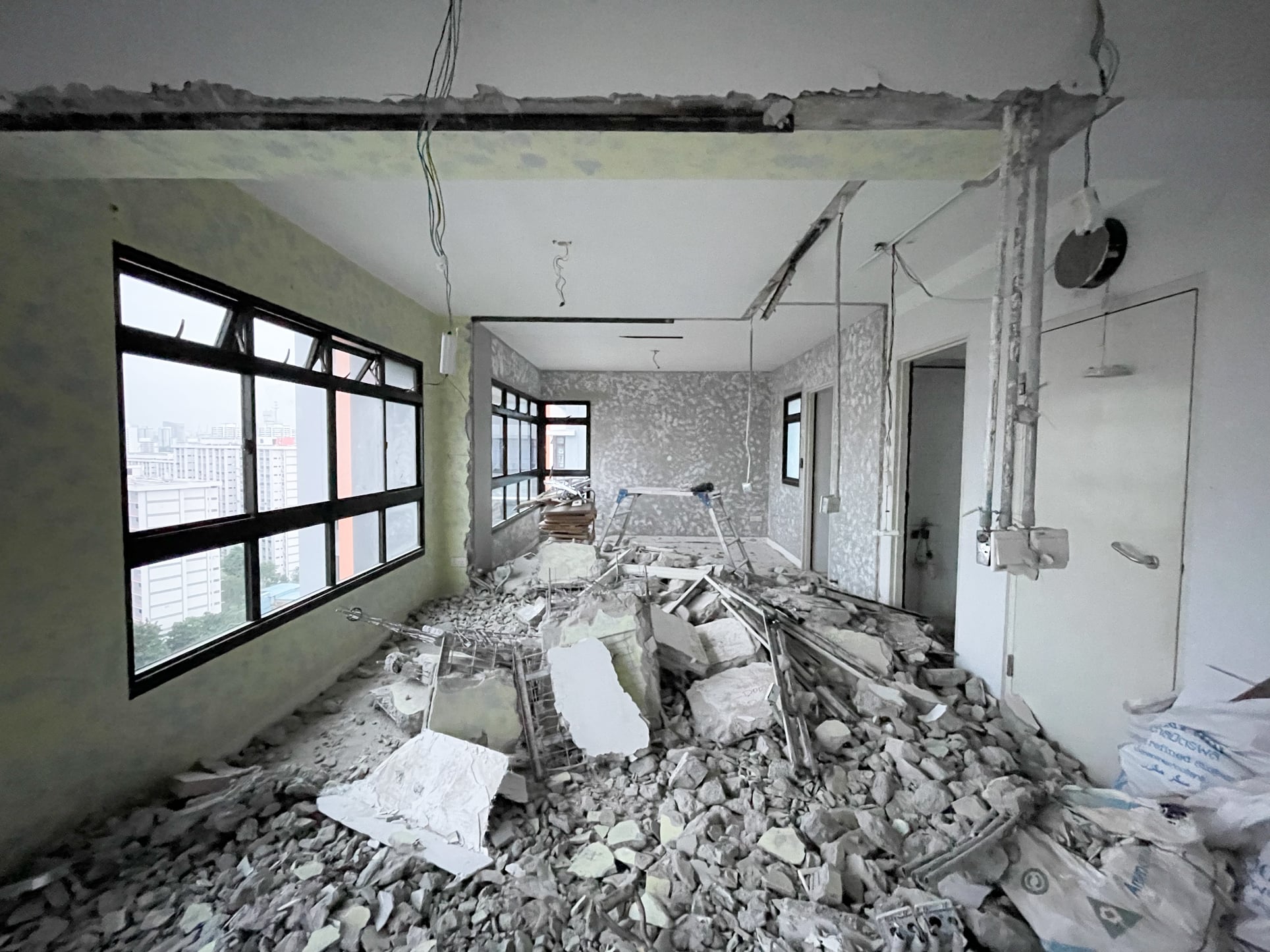
Homeowner Stories“I Regret Spending $11,000 On My Kid’s Bedroom” 6 Painful Renovation Regrets Shared By Homeowners
by Ryan J. Ong4. Not installing ceiling fans
M shared that she was always more about form than function, and she found ceiling fans really spoiled the look of the room.
“I really didn’t like the look of ceiling fans, especially those that came with a light attached to it.”
Most homes have air-conditioning, so it’s common now to skip ceiling fans – but think this through first. If you rarely use the air-conditioner, it may be better to have a ceiling fan, than to have standing fans and cables running taking up space.
One factor here is children: if you feel the air-conditioning doesn’t work for them, a ceiling fan is superior to a standing fan which a young child might knock over, or stick a finger into.
This is what happened with M, although it was for another reason.
“Unfortunately, I had to change this later on when I found out from my doctor that the air-conditioning at night may be the cause of my son’s sinus issues. Installing the ceiling fan was a real pain and caused a lot of inconveniences.“
Another consideration is that, from time to time, air-conditioners break down. A ceiling fan provides a good alternative when this happens; and it spares you from having to keep standing fans or desk fans in your store room.
Finally, ceiling fans are better for homeowners who like to keep all windows and room doors open. Air-conditioning usually requires you to close up separate rooms to cool them. Also, air-conditioning does less to shoo off flying insects, than a ceiling fan at high speeds.
Also for those who find ceiling fans ugly, there are sleek aesthetic fans out there, take this one for example!
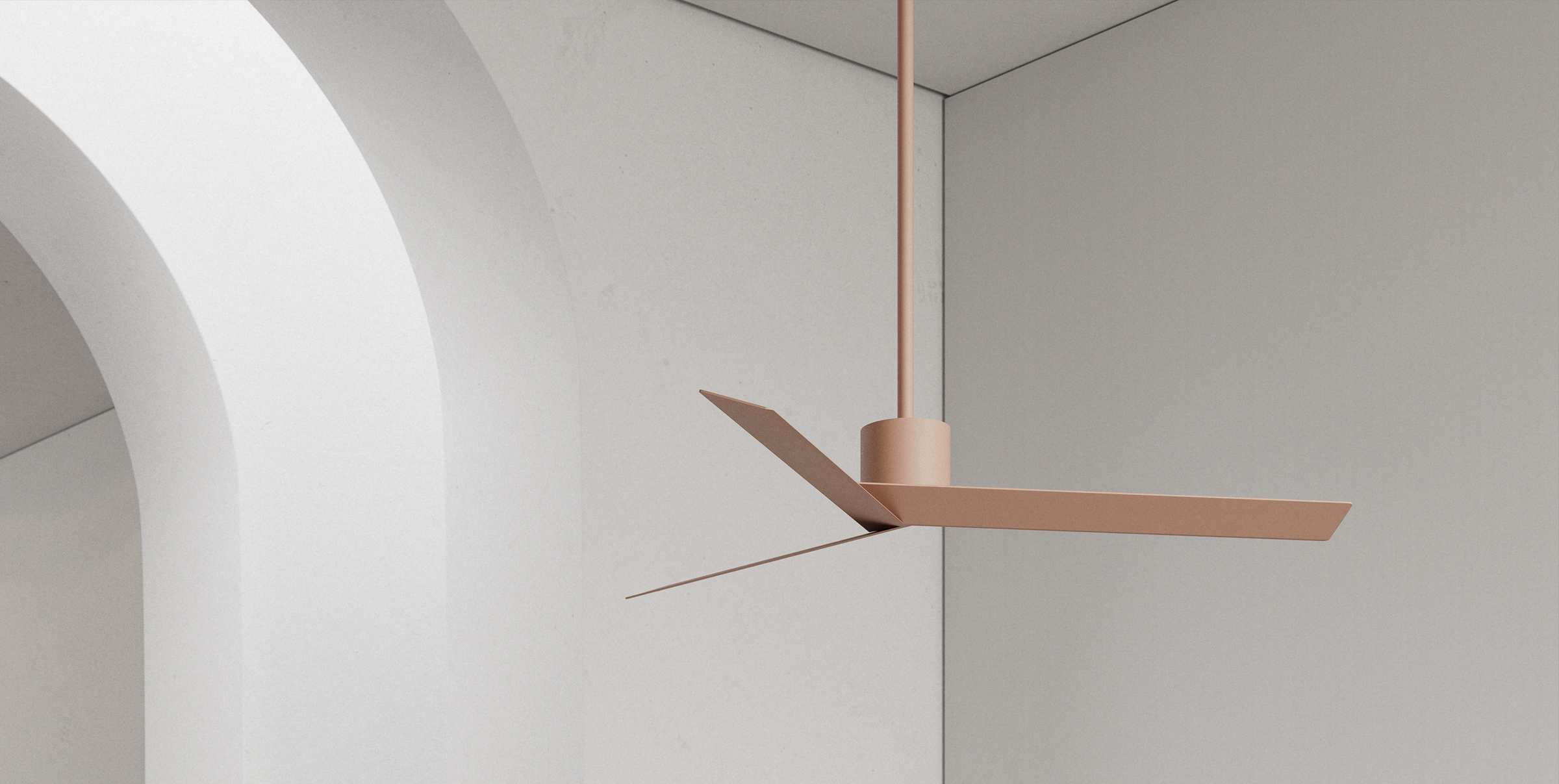
5. Rushing to buy all the furniture before visualising/space planning
Get the Interior Designer’s opinion before buying the furniture, or at least draw a visual of the layout. One quirk of measurements is that, even if things fit in theory, they may end up looking unusually big or small once they’re in the actual room.
This is because elements such as colour, mirrors, and the size of surrounding furniture can all affect the overall perspective. You may also find, after buying the furniture, that it’s a complete mismatch.
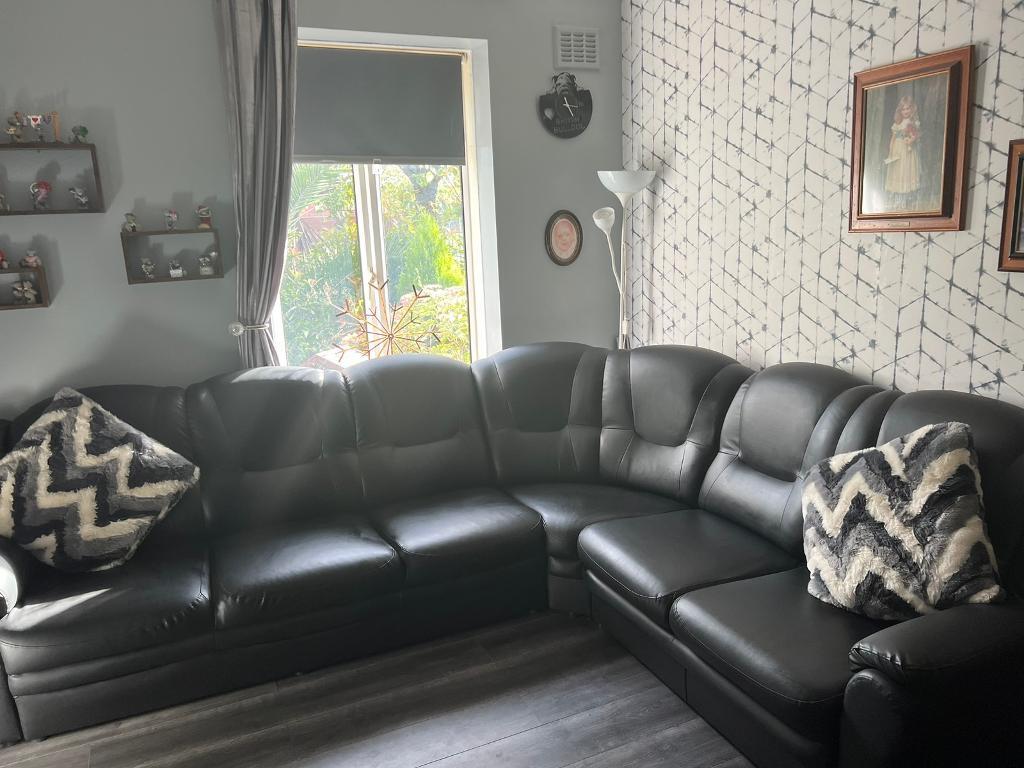
For S, she fell into the trap of getting over excited and buying everything first.
“It just happened that there were lots of furniture sales at that time, and I ended up buying everything first as I didn’t want to lose out on the sale prices.
I did measure everything carefully, but as it turns out, the TV console and my armchair did fit rightly. It just had to be very close to each other such that I could still open my room door. It’s just that it looked very cluttered overall, and I would have been better off with a smaller chair.”
Another example of this is if you use a lot of black furniture, from different sets/manufacturers. A lot of people don’t realise there are 16 visibly different shades of black, and how mismatched a room can look when all those shades are all different.
Try to ensure you have options to return or exchange furniture. Also, buy some sets at a time, and as it fills the room you can decide if you need more, or if the room already looks cluttered.
A good designer can do 3D drawings to help here, but keep in mind that making them do a lot of those sketches will slow down their work (they take a lot of time to do).
For more on what to watch out for when renovating, follow us on Stacked. We bring you home buyer stories and experiences, so you can make better-informed choices in the Singapore property market.
If you’d like to get in touch for a more in-depth consultation, you can do so here.
Have a home story to share? Email us at stories@stackedhomes.com.
Ryan J. Ong
A seasoned content strategist with over 17 years in the real estate and financial journalism sectors, Ryan has built a reputation for transforming complex industry jargon into accessible knowledge. With a track record of writing and editing for leading financial platforms and publications, Ryan's expertise has been recognised across various media outlets. His role as a former content editor for 99.co and a co-host for CNA 938's Open House programme underscores his commitment to providing valuable insights into the property market.Read next from Homeowner Stories

Homeowner Stories What I Only Learned After My First Year Of Homeownership In Singapore

Homeowner Stories I Gave My Parents My Condo and Moved Into Their HDB — Here’s Why It Made Sense.

Homeowner Stories “I Thought I Could Wait for a Better New Launch Condo” How One Buyer’s Fear Ended Up Costing Him $358K

Homeowner Stories How We Saved $300K And Got Our 4-Room Toa Payoh Flat in Just 7 Months
Latest Posts

Singapore Property News This HDB Just Crossed $1.3M For The First Time — In An Unexpected Area

Singapore Property News “I Never Thought I’d Be Sued by a Tenant.” What Long-Time Landlords in Singapore Miss

Property Market Commentary I Lived In Bayshore When It Was ‘Ulu’. Here’s How Much It Has Changed

Singapore Property News HDB Resale Prices Finally Slowed in 2025 — Will It Continue in 2026?

Singapore Property News Breaking News: District 23 Condo Sells Out In Under Two Years At $2,120 Psf Average

On The Market Here Are The Cheapest 3-Bedroom Condos in Central Singapore You Can Still Buy From $1.15M

Property Market Commentary Why The Singapore Property Market Will Be Different In 2026 — And It’s Not Just About Prices

Editor's Pick 2025 Year-End Review Of The Singapore Property Market: What The Numbers Reveal

Pro This 21-Year-Old Condo Didn’t Sell Out Initially, Yet Became A Top Performer

Editor's Pick How The HDB Resale Market Performed In 2025, And What It Means For 2026 Prices

Editor's Pick 4 Key Trends Reshaping Singapore’s New Launch Condo Market In 2026

Singapore Property News Why More Land Doesn’t Automatically Fix Housing In Singapore

On The Market Here Are The Cheapest 4-Room HDB Flats in Central Singapore You Can Still Buy From $490K

Editor's Pick Should We Buy An Old 99-Year Leasehold Condo To Live In: Will It’s Value Fall When The Lease Runs Out?

Pro How A Once “Ulu” Condo Launched In 1997 Became A Top Performer


